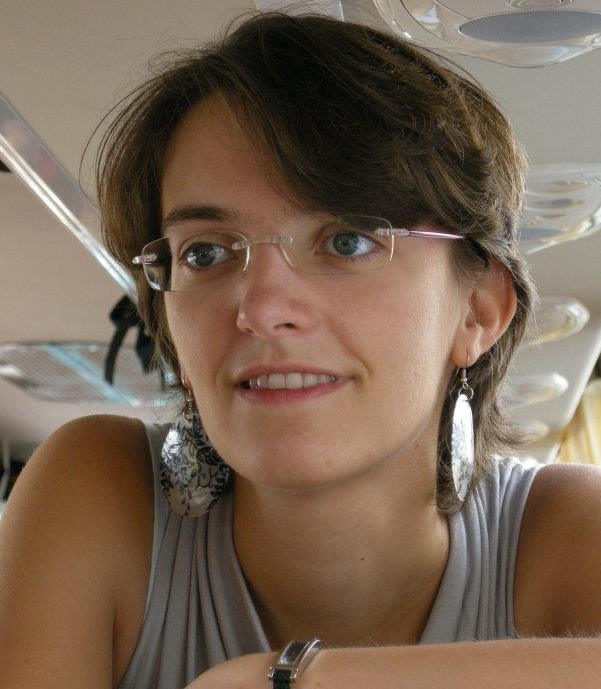
Navigation
Contact details
Freeke van de Voort
freeke "at" mpa-garching.mpg.de
office 282
Address:
Max Planck Institute for
Astrophysics
Karl-Schwarzschild-Str. 1
Postfach 1317
85741, Munich
Germany
*** OUT OF DATE ***
Introduction
Stars form inside galaxies, but the rate at which this happens
depends strongly on the mass of the galaxy and the age of the
Universe. Therefore, the Universe is filled with a large variety of
galaxies. As astronomers, we are curious to know why. One necessary
ingredient for star formation is the gas from which the stars
form. The reservoir of gas to fuel galaxies can be found in the
intergalactic medium and in the haloes of galaxies. I use large
cosmological, hydrodynamical simulations from the OWLS project to
study the gas around galaxies. I am also working with a
high-resolution zoom simulation from CLUES.
Accretion onto galaxies and haloes
I am interested in the growth
of galaxies and their gaseous haloes. To form stars a galaxy needs
gas as fuel. This gas accretes from the intergalactic medium onto the
halo and from the halo onto the galaxy. Hydrodynamical simulations
are an excellent tool to study this dynamical process. Both the
physical properties of this gas and feedback from supernovae and
active galactic nulei have large effects on the accretion rates and
therefore on the efficiency of galaxy growth and star formation.
Observational signatures of accretion
It would be great if we could observe the accreting gas and confirm
what we believe we have learnt from simulations. Because gas outside
of galaxies is so diffuse, this is not easily done. I am currently
investigating what the observable properties are.
Lyman-alpha radiative transfer
What is also keeping me busy at the moment is writing a Monte Carlo
code to transfer Lyman-alpha radiation. The hard part is that these
photons scatter many many times. So far, all tests indicate that it
works. It's parallelised, but it still takes a long time to run. My
plan is to speed it up and expand its functionality. I will then
need to do much more work to apply this transfer of Lyman-alpha
radiation in a full cosmological simulation. When successful, it
will allow us to study Lyman-alpha emission from a large sample of
galaxies in the universe.

